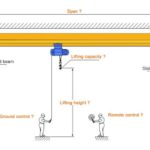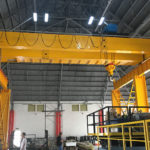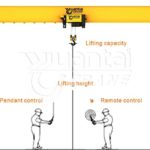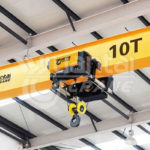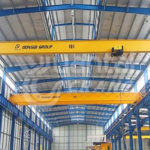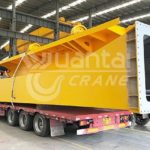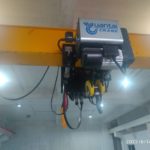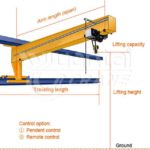Crane Remote Control Introduction
A Crane Remote Control is a handheld device equipped with wireless technology that allows operators to remotely control crane movements and functions. This innovative solution eliminates the need for physical contact with the crane’s control panel, providing flexibility, precision, and enhanced safety in material handling operations.
The core components of a Crane Remote Control include a handheld transmitter and a receiver unit installed on the crane. The transmitter features control buttons, joysticks, or a combination of both, allowing the operator to command various crane movements such as lifting, lowering, and traversing.
Crane Remote Controls commonly utilize radio frequency (RF) or infrared (IR) technology for wireless communication. The choice of technology depends on factors such as the operational environment and the required range for remote control.
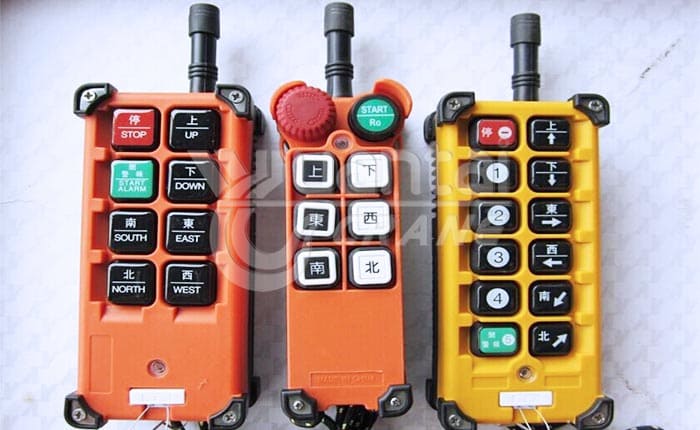
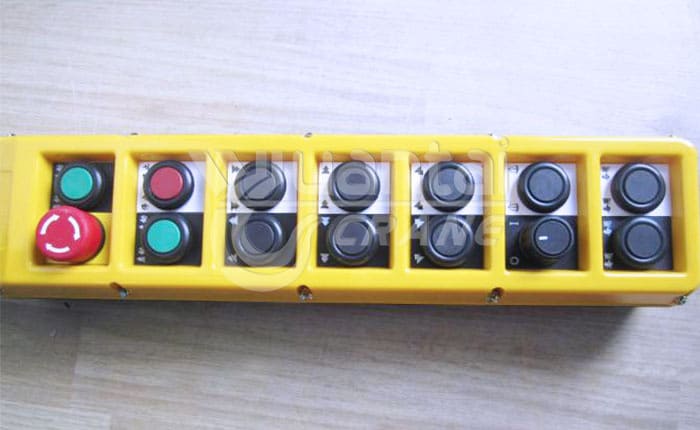
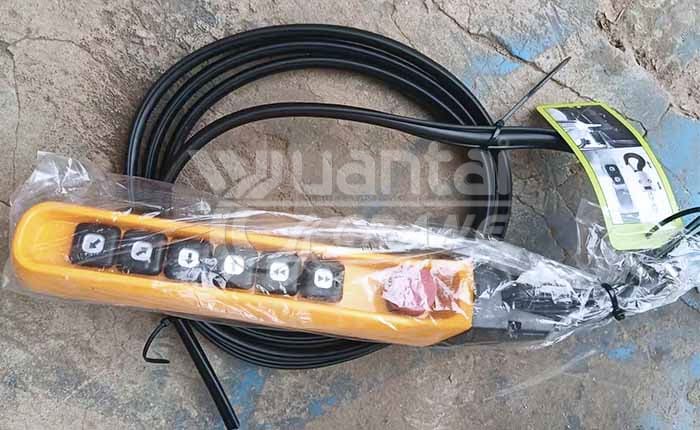
Applications of Crane Remote Control
- Construction Sites:
In construction projects, Crane Remote Controls play a crucial role in lifting and positioning heavy materials. Operators can have a clear view of the entire construction site, ensuring precise control over the crane without being confined to a fixed control station. - Manufacturing Facilities:
Manufacturing facilities benefit from Crane Remote Controls in the efficient handling of materials on production lines. The flexibility of remote operation allows operators to optimize workflows, improving productivity and minimizing downtime. - Warehousing and Logistics:
Warehouses and distribution centres utilize Crane Remote Controls for material handling tasks such as loading and unloading pallets. The ability to control cranes remotely contributes to the efficient organization of storage space and streamlined logistics operations. - Shipbuilding Yards:
In shipbuilding and maritime applications, Crane Remote Controls facilitate the precise movement of heavy ship components. Operators can navigate cranes with accuracy, contributing to the safe and efficient assembly of vessels. - Heavy Industry and Steel Mills:
Heavy industries, including steel mills, employ Crane Remote Controls for lifting and transporting raw materials and finished products. Remote operation enhances safety in environments where manual control may pose risks.
Advantages of Crane Remote Control
- Enhanced Operator Safety:
The primary advantage of Crane Remote Controls is the enhanced safety they provide to operators. By allowing them to control cranes from a safe distance, the risk of accidents and injuries associated with manual operation is significantly reduced. - Precision and Maneuverability:
Crane Remote Controls offer precise control over crane movements, allowing operators to navigate with accuracy. This level of control is particularly valuable in applications where materials need to be lifted, positioned, or manoeuvred with precision. - Flexibility and Mobility:
The flexibility and mobility afforded by Crane Remote Controls are game-changers in material handling operations. Operators can move around the worksite, ensuring optimal visibility and adaptability to changing conditions without being tethered to a fixed control station. - Improved Productivity:
Remote control of cranes contributes to improved productivity by reducing the time and effort required for material handling tasks. Operators can swiftly respond to changing needs and optimize workflows, ultimately enhancing overall operational efficiency. - Reduced Downtime:
Crane Remote Controls help minimize downtime by allowing operators to quickly respond to issues or changes in the workflow. Remote diagnostics and troubleshooting features further contribute to the reduction of downtime associated with crane operations.
Safety Considerations
- Emergency Stop and Safety Features:
Crane Remote Controls are equipped with emergency stop buttons and safety features to quickly halt crane operations in case of emergencies. These features ensure rapid response and prevent potential accidents. - Secure Wireless Communication:
Ensuring secure wireless communication is a critical safety consideration. Encryption and secure protocols are implemented to prevent unauthorized access to Crane Remote Control systems, minimizing the risk of interference or manipulation.
